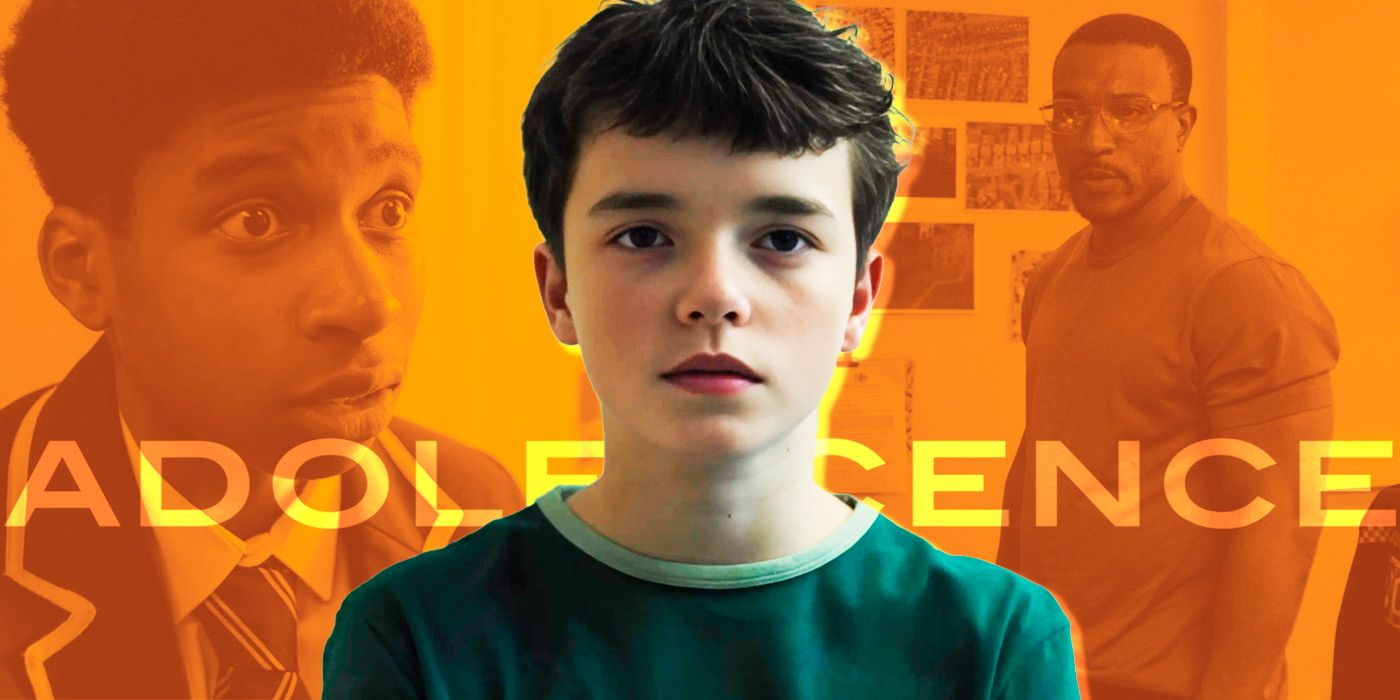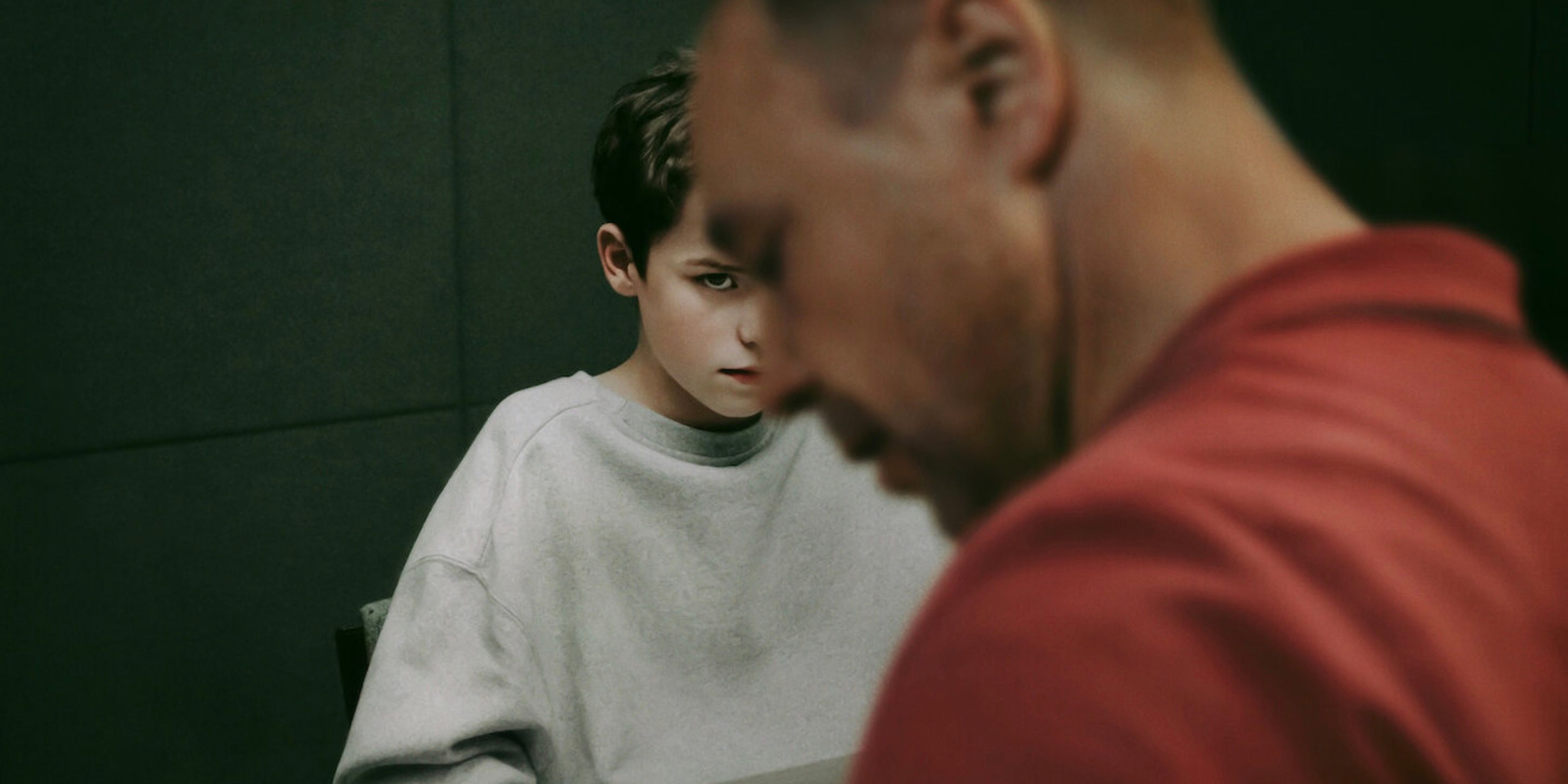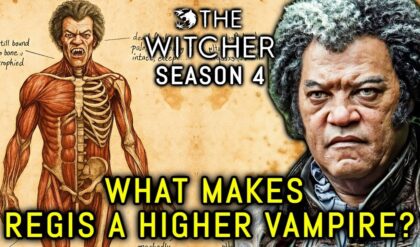Since its March 13, 2025, premiere, Netflix’s Adolescence has taken the world by storm, amassing over 66 million views and a perfect 100% on Rotten Tomatoes. The four-part British drama, co-created by Stephen Graham and Jack Thorne, stunned audiences with its single-take intensity and raw portrayal of 13-year-old Jamie Miller (Owen Cooper), who murders his classmate Katie Leonard (Emilia Holliday) after spiraling into online misogyny. His parents, Eddie (Graham) and Manda (Christine Tremarco), grapple with the fallout, ending in a gut-wrenching finale that’s left fans asking: What was the point? Was it a cautionary tale about toxic masculinity, a critique of parenting, or just a bleak crime story? The answer, it turns out, is far more complex—and layered—than fans initially thought. Let’s dive into the deeper purpose of Adolescence and why its true meaning defies easy labels.

The Surface Story: A Boy’s Descent
At first glance, Adolescence seems straightforward. Episode 1 opens with a dawn police raid—Jamie’s arrested for stabbing Katie, shattering his “normal” family. Episode 2 traces his radicalization via the manosphere—online forums preaching rage and entitlement—while Katie’s taunting emojis push him over the edge. Episode 3’s interrogation reveals a boy consumed by shame, and Episode 4, set 13 months later, ends with Jamie’s guilty plea and Eddie sobbing over a teddy bear. It’s a linear tragedy: boy meets internet, boy kills girl, family implodes.
Fans on X latched onto obvious takeaways. “It’s about incels,” one posted. “Toxic masculinity 101,” another declared. Others saw a parenting PSA—“Check your kids’ phones!” But co-creator Graham has pushed back. In a Tudum interview, he said, “If you think it’s just about one thing, you’ve missed it. It’s a mosaic.” Director Philip Barantini echoed this to Esquire: “We didn’t set out to preach—it’s bigger than that.” So, if it’s not a simple morality tale, what’s the point?

A Mirror, Not a Megaphone
The real purpose of Adolescence isn’t to point fingers—it’s to hold up a mirror. Yes, Jamie’s radicalization via the “80-20 rule” and Andrew Tate-esque rants is central—13% of UK boys admire Tate, per BBC—but the series doesn’t stop there. It’s not just about him; it’s about everyone around him. Eddie and Manda aren’t neglectful stereotypes—they’re loving, stretched-thin parents blindsided by a son’s secret life. The school’s a mess—bullying unchecked, teachers distracted. The internet’s a cesspool, yes, but it’s also a lifeline for a lonely kid. Adolescence asks: Who failed Jamie? The answer: all of us.
Thorne told The Independent, “It’s not ‘why did he do it?’—it’s ‘why didn’t we stop it?’” This shifts the lens from individual blame to collective responsibility. Knife crime stats back this up—17.3% of UK offenders are 10-17 (The Guardian), often from “normal” homes. Adolescence reflects a society where systems—education, tech, family—crumble, leaving kids to fend for themselves. It’s not a lecture; it’s a reckoning.
Beyond Gender: A Human Tragedy
Fans fixated on “toxic masculinity” miss the nuance. True, Jamie’s a boy radicalized by misogyny, and Katie’s death echoes real cases—Elianne Andam, stabbed in 2023 by a teen she knew. But Adolescence doesn’t vilify maleness. Jamie’s not a cartoon incel—he’s a kid craving approval, rejected by peers, lost to a digital void. Eddie’s not a deadbeat; he’s a dad broken by guilt. Even Katie’s no saint—her cyberbullying stings Jamie first. Graham told NPR, “It’s not men versus women—it’s humans failing humans.”
This complexity ruffled feathers. X posts raged it “attacks masculinity,” but Variety countered, “It’s a portrait of boyhood in crisis, not a hit job.” The manosphere’s grip—7+ hours daily online for teens (Wired)—is real, but so is the isolation driving boys there. Adolescence isn’t about gender wars; it’s about a generation unmoored, boys and girls alike caught in a toxic cycle. Reducing it to “men bad” flattens its depth.
The One-Shot Choice: Feeling, Not Telling
Why the single takes? Barantini told Tudum, “It’s about being there—no escape.” Each episode—raid, school, interrogation, aftermath—unfolds in real time, trapping you in the chaos. It’s not about explaining Jamie’s crime; it’s about feeling its weight. The sandwich Manda packs in Episode 1, uneaten as police swarm, isn’t a plot point—it’s a pang of lost normalcy. Eddie’s teddy bear breakdown isn’t a conclusion—it’s a wound. Forbes called it “a technical marvel,” but the point isn’t craft; it’s immersion in a world unraveling.
This mirrors life’s messiness. Real tragedies—like Ava White’s 2021 murder—don’t come with neat answers. Adolescence forces you to sit in that ambiguity, to wrestle with “why” alongside the characters. Graham said to RadioTimes, “We wanted you to live it, not judge it.” It’s less a story, more an experience—one that lingers because it refuses to resolve.
A Cultural Warning
The point sharpens when you zoom out. Adolescence isn’t fiction—it’s a warning rooted in reality. UK knife crime has doubled in a decade (The Guardian), often tied to online radicalization. The Atlantic notes young men globally trending conservative, reacting to a world that shames them without guidance. Meanwhile, Counterfire reports a woman killed every three days in the UK, often by men. Adolescence doesn’t pick a side—it shows both: Jamie’s rage, Katie’s blood, a society asleep at the wheel.
By March 31, 2025, its impact’s undeniable—PM Keir Starmer screened it with his teens, schools launched workshops, and smartphone bans gained traction. Graham told Rolling Stone, “This is preventable—we’ve got to talk.” The point isn’t blame; it’s urgency. Adolescence demands we see the cracks—parents too busy, kids too wired, systems too broken—before more Jamies and Katies are lost.
Why It’s Complex
Fans seeking a single “point” miss the mosaic. Is it about parenting? Yes—Eddie’s “I should’ve done better” stabs deep. Online radicalization? Absolutely—Jamie’s phone is a ticking bomb. Masculinity? Partly—but it’s broader, a human crisis. Vulture nailed it: “Adolescence chases ‘why?’ and finds despair.” It’s not one thing—it’s everything: a family’s love, a boy’s shame, a girl’s taunts, a culture’s neglect. The complexity lies in its refusal to simplify—a trait some loved, others hated.
X debates reflect this split. “It’s a PSA for dads,” one user argued. “No, it’s about tech giants,” another shot back. Both are right, yet neither fully is. Thorne told This Morning, “It’s a conversation, not a conclusion.” That’s the genius—and frustration—of Adolescence: it’s a question mark, not an exclamation point.
The Bigger Picture
So, what was the point? Not to solve Jamie’s crime, but to expose the fault lines beneath it. It’s a tragedy without heroes or villains—just humans stumbling in a world that’s outpaced them. The sandwich, the teddy bear, Katie’s voice—they’re not clues; they’re echoes of what’s lost. The Times called it “TV every parent should watch,” but it’s more: a plea for all of us to wake up.
Adolescence isn’t about answers—it’s about asking harder questions. Why do kids kill? Why don’t we see? What’s next if we don’t act? By April 1, 2025, it’s sparked real change—schools, laws, talks at dinner tables. Its point isn’t simple because life isn’t. Rewatch it. You’ll find it’s not just a show—it’s a mirror, and the reflection’s more complex than you ever thought.





